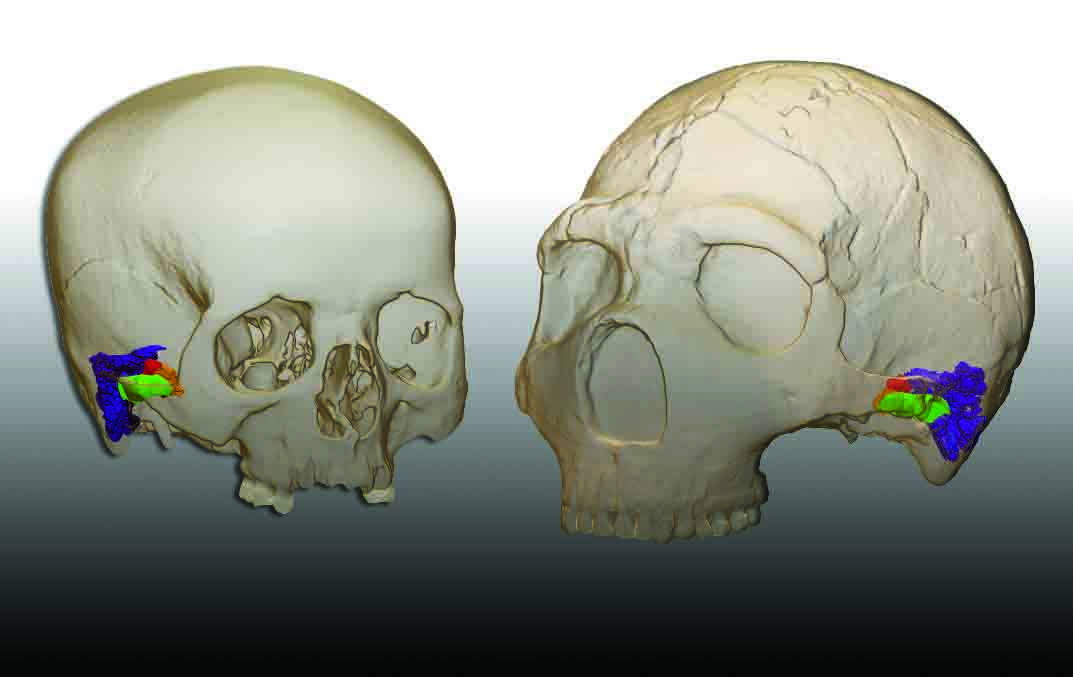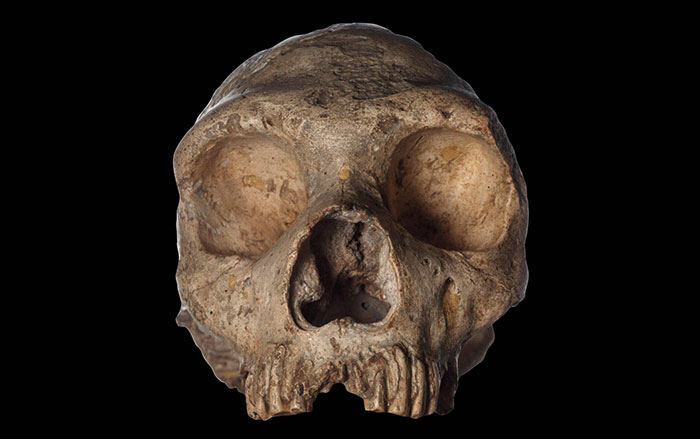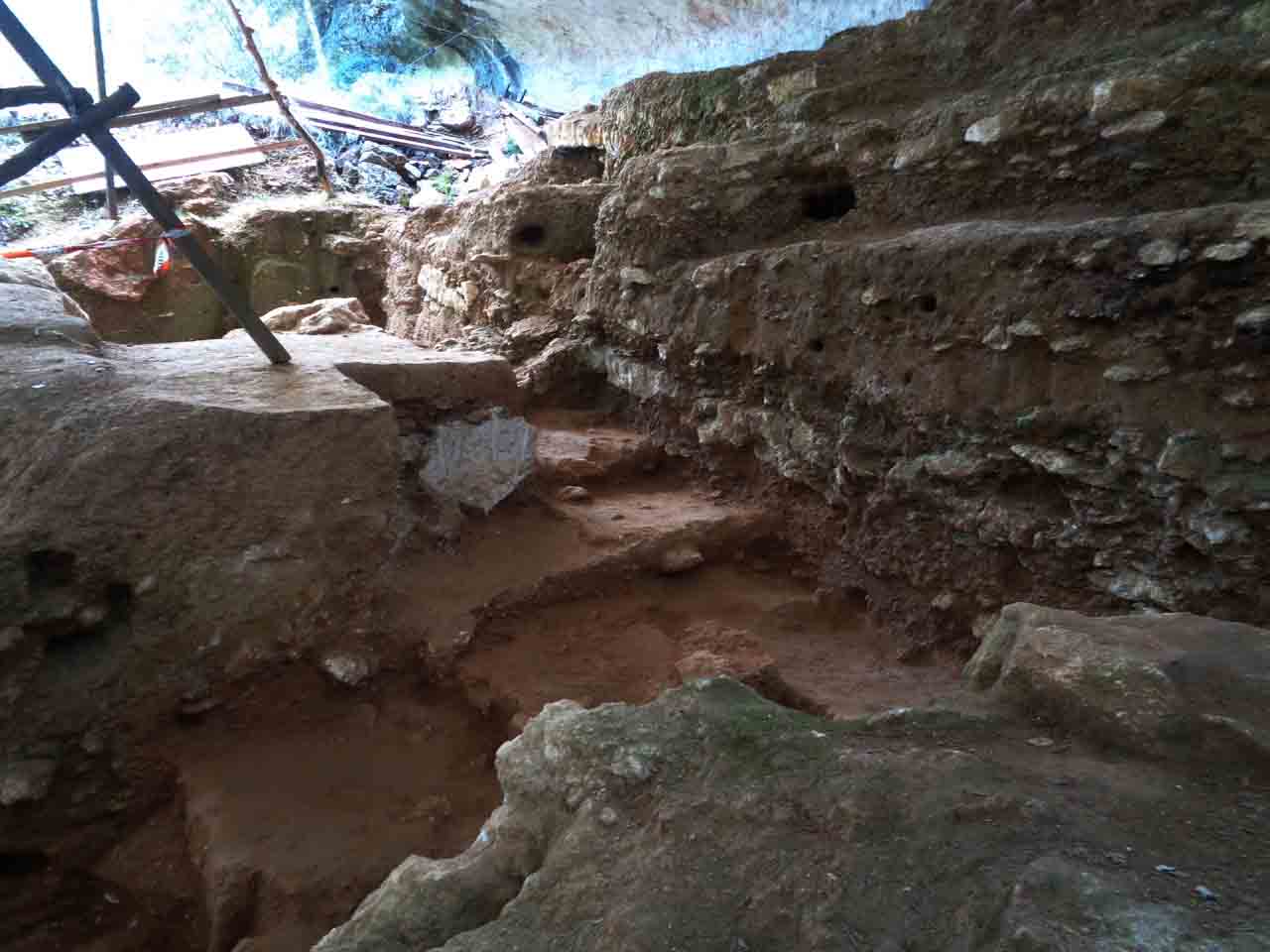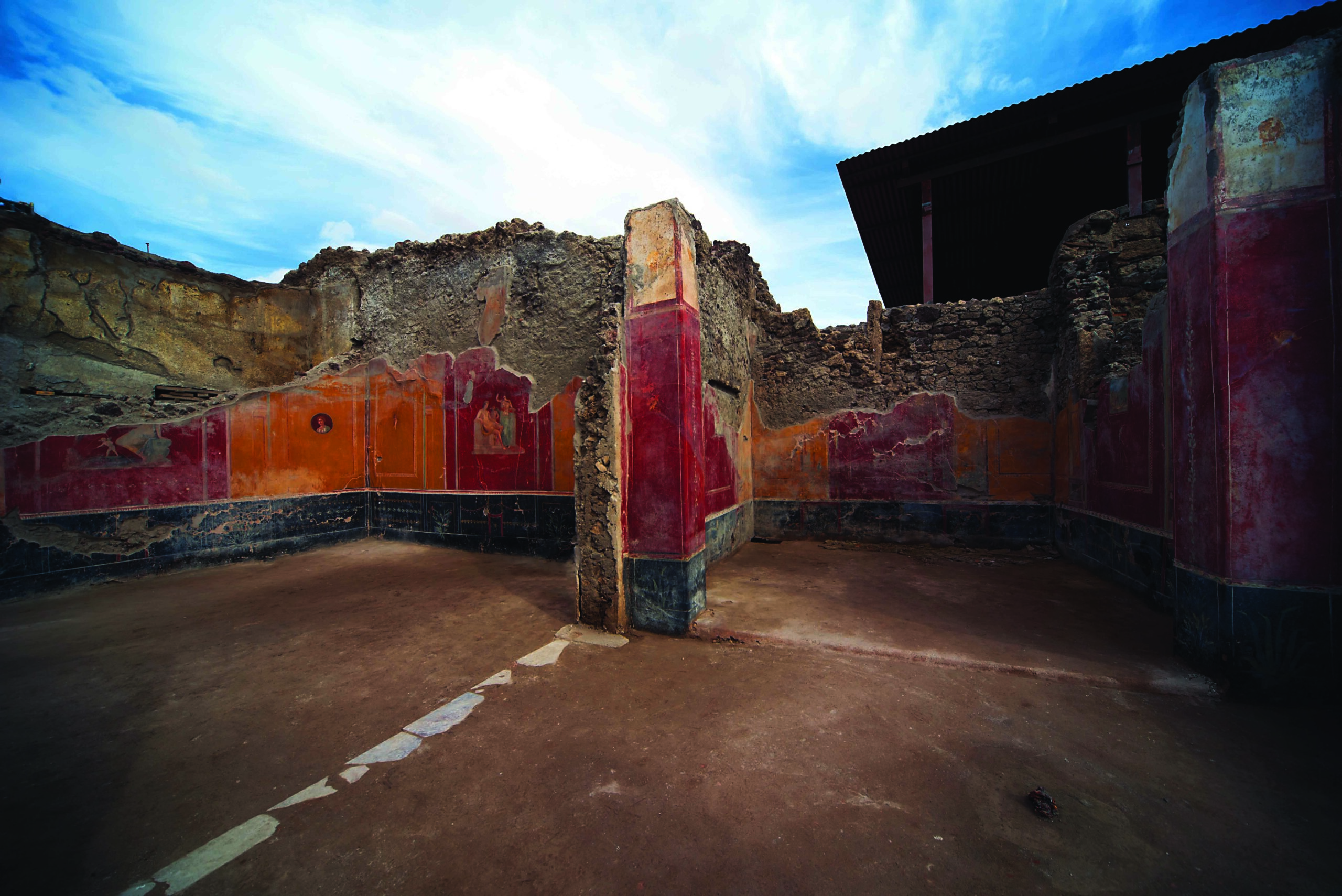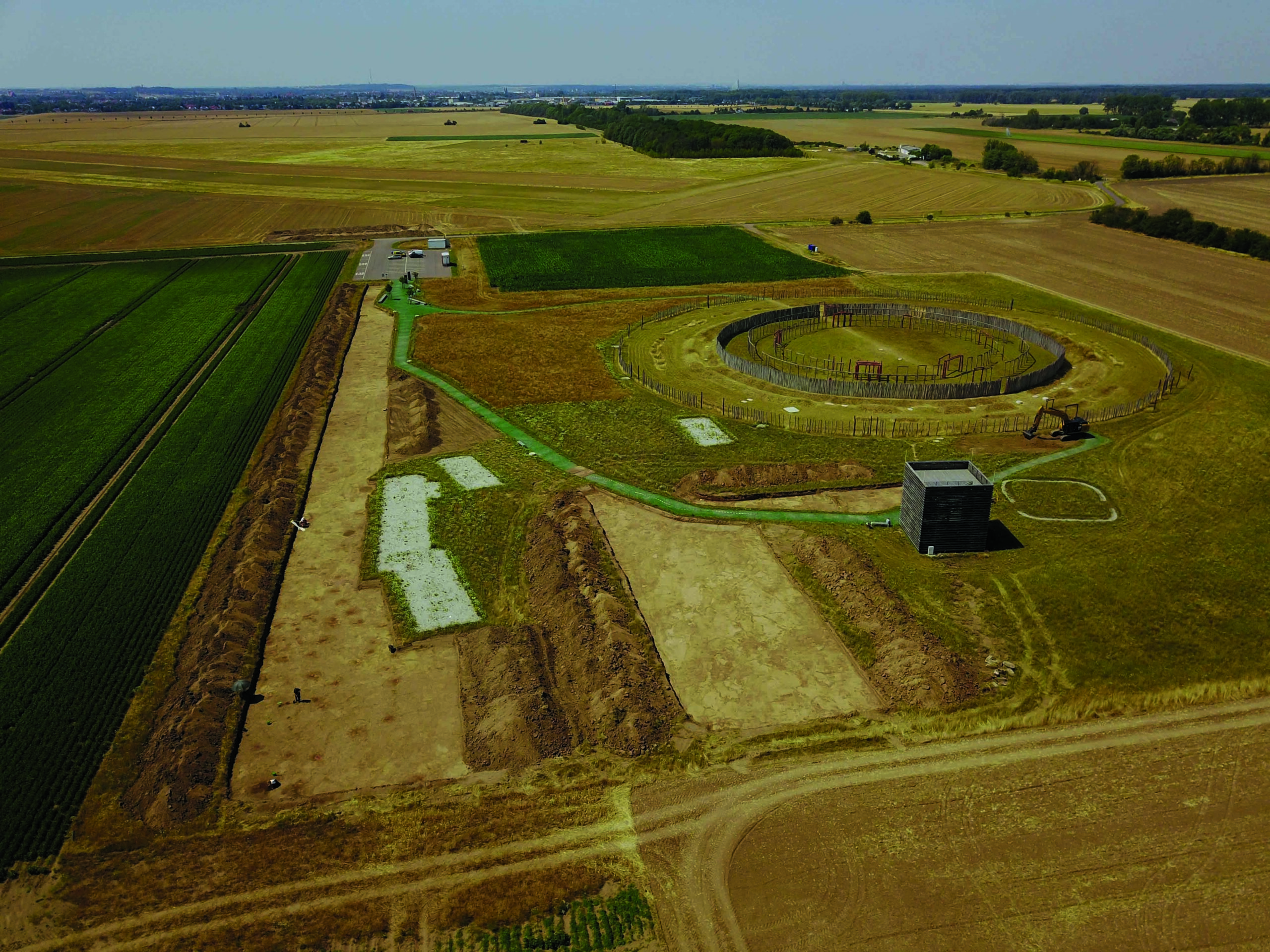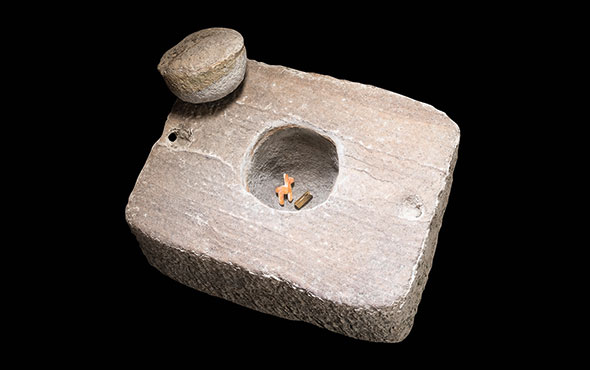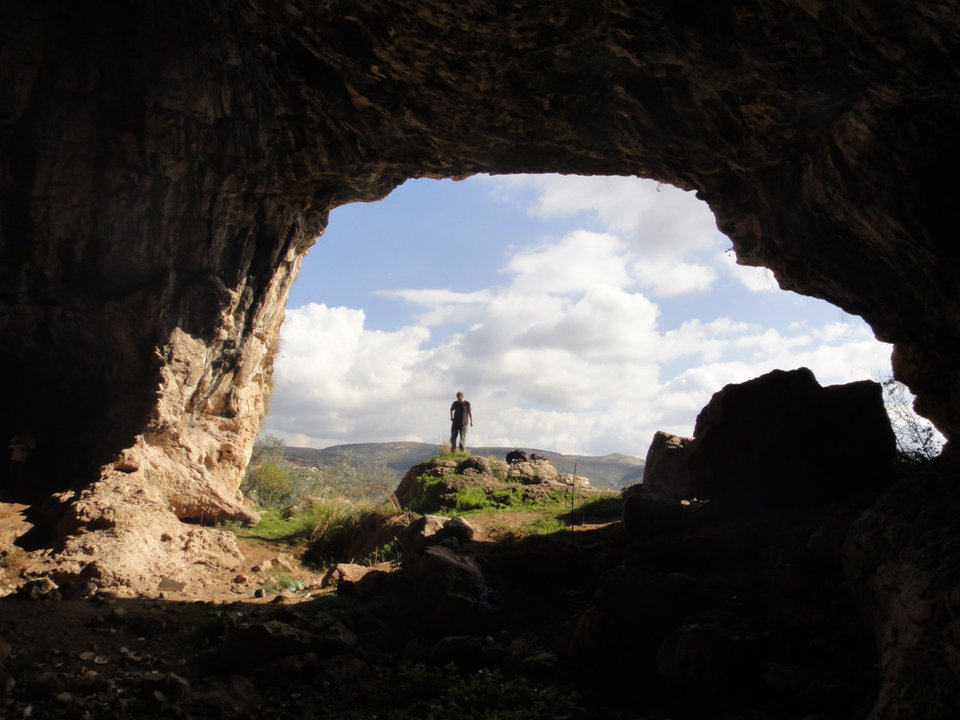
JENA, GERMANY—According to a statement released by the Max Planck Institute for the Science of Human History, an international team of scientists has conducted a new analysis of a tooth and tools unearthed in 1928 in Shukbah Cave, which is located in the Judaean Mountains. The artifacts had been held in a private collection until recently. Clément Zanolli of the University of Bordeaux explained that the molar belonged to a Neanderthal child of about nine years of age, making the cave the southernmost known Neanderthal site. It was previously thought that the type of stone tools found with the tooth were only used by modern humans. Jimbob Blinkhorn of the Max Planck Institute for the Science of Human History added that the presence of these types of tools, known as Nubian Levallois technology, can therefore no longer be used to track modern human migrations in southwest Asia in the absence of fossils. And, in general, added Simon Blockley of the University of London, links between particular hominins and specific stone tool technologies are probably not as straightforward as previously thought. Neanderthals may have even traveled some 250 miles farther southwest into Africa at times, explained Chris Stringer of London’s Natural History Museum, even though no direct evidence of Neanderthal presence in Africa has ever been identified. For more, go to “Twisted Neanderthal Tech.”


